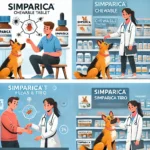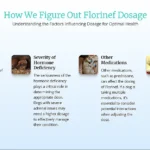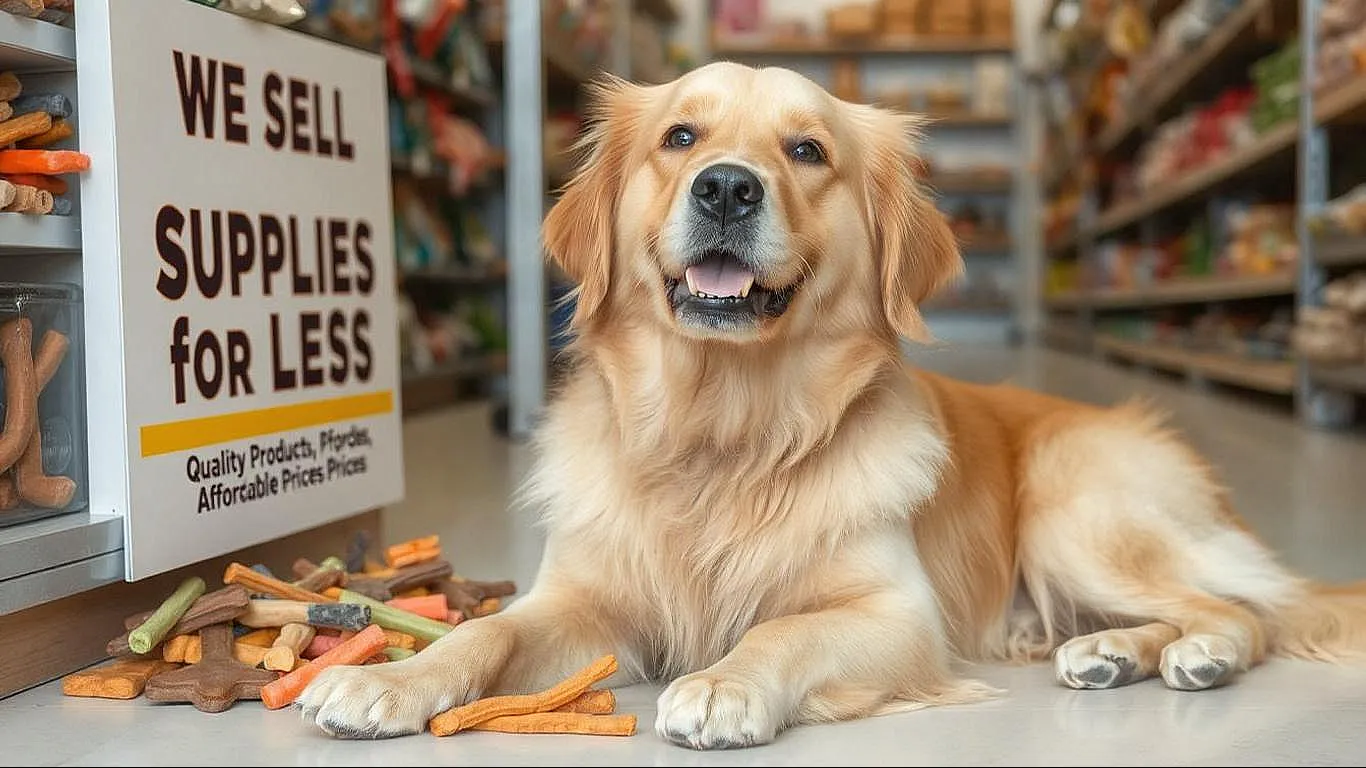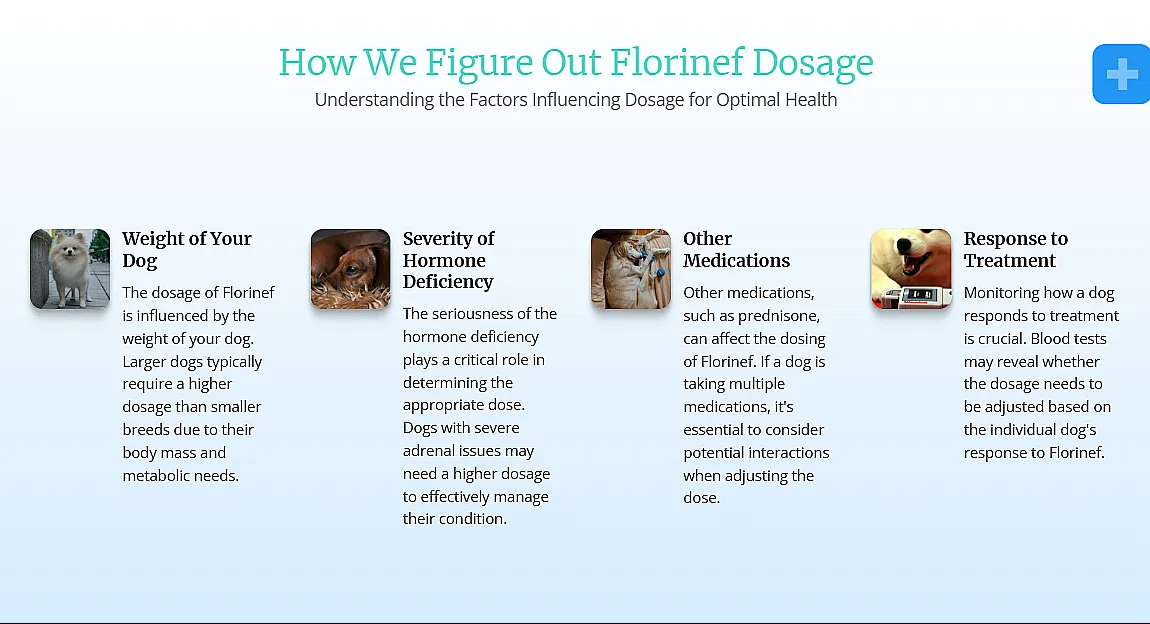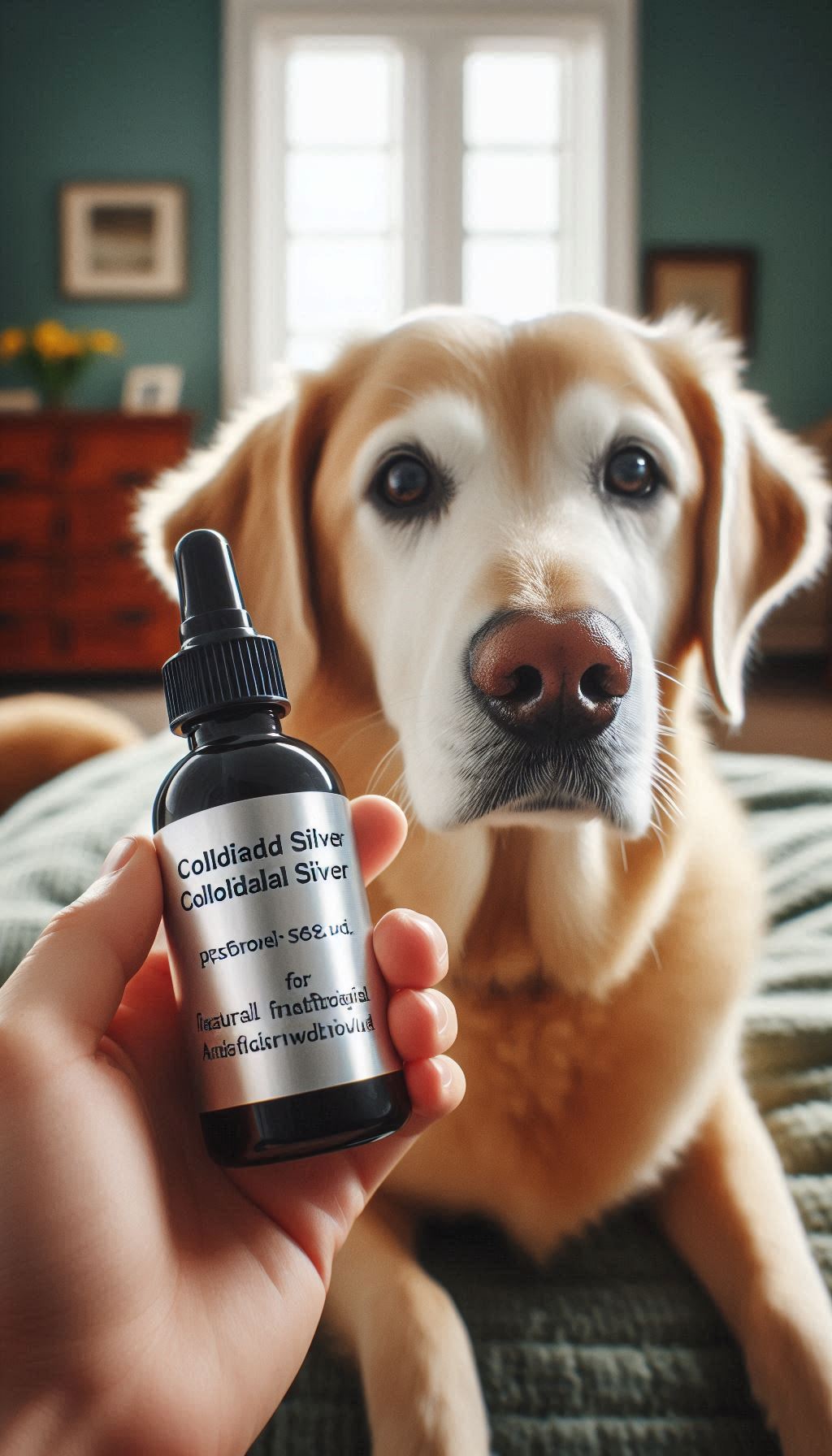Understanding the Use of Antibiotic Ointment on Dogs
You might question if it’s valid to use an antibiotic ointment, like Neosporin, on dogs. The answer isn’t fully straightforward since it hinges on specific circumstances.

The Benefits and Limitations of Using Antibiotic Ointment on Dogs
In specific cases, applying the topical antibiotic ointment can expedite the healing process of your dog’s wound. Nevertheless, there are circumstances when it’s neither advisable nor necessary to use such remedies on your canine companion. While it’s a common tendency to reach for an ointment when a mishap occurs, it’s crucial to understand that the antibiotics in Neosporin can alter the balance of healthy bacteria in your pet. Excessive use can lead to digestive upsets, including flatulence and poor digestion, especially if ingested, which is harmful to your pet.
The crucial determinant here is the nature of the wound and the overall health of your dog. If your dog has a minor cut or wound, topical antibiotics like Neosporin can be beneficial. But for deep wounds, burns, or rashes, it’s best to consult with a professional veterinarian. Improper application can give rise to potential complications, which might include an overgrowth of resistant bacteria, allergic reactions, or delays in wound healing.
The Importance of Conducting a Patch Test on Dogs
It’s advisable to conduct a small patch test on another area of your pet’s skin to determine if Neosporin is suitable. This test can help identify any potential allergic reactions that could adversely affect your dog. Observing the dog after applying the ointment is essential as dogs, by their nature, tend to lick their wounds, which might lead to the inadvertent ingestion of the ointment.
Consideration of possible ingestion becomes crucial too. Always ensure you apply the ointment in a manner that deters your pet from licking it off. Additionally, covering the wound with a bandage or a piece of clothing can prevent ingestion. But beware, the covering should not obstruct the wound from air circulation, which is necessary for the healing process.
The optimal advice is to reach out to your veterinarian before applying any ointment on your dog. There are several factors that your veterinarian would consider, like the overall health of your pet, the nature and severity of the wound, and your pet’s history with antibiotics. Using Neosporin on your dog without professional guidance could result in unnecessary risks and complications.
The use of Neosporin or other topical antibiotic ointments on dogs should be done with caution. Minor injuries might benefit from its application; however, always consult a vet for serious wounds or if you notice any adverse reaction after applying the ointment.
When it’s Appropriate to Use Antibiotic Ointment on Dogs
Let’s dive deeper into the circumstances under which it is appropriate to apply antibiotic ointments to dogs. While it’s true that certain types of antibiotic ointments, like Neosporin, can help to speed up the healing of minor cuts and scrapes, one should also be aware of the potential risks and limitations associated with its use. There are both right and wrong times to use this type of ointment, and understanding the differences is often key to ensuring the overall health and wellbeing of your furry friend.
Using Antibiotic Ointment to Treat Scrapes, Abrasions, and Small Cuts
When your dog encounters minor incidents that result in superficial scrapes, abrasions, or small cuts, typically an antibiotic ointment can be applied to assist in wound healing. Before doing so, it is crucial to clean the wound with a mild disinfectant soap and room-temperature water. After gently patting the area dry, you can apply a thin layer of the ointment.
Keep a close eye on the wound over the following days. If the wound begins to look worse, or if your dog seems to be in pain, cease use of the ointment and contact your veterinarian immediately. Remember that the keyword here is ‘minor’. If your dog suffers from a more serious injury, such as a deep cut or puncture wound, it’s imperative to seek professional help rather than trying to treat the wound at home.
Exploring Safer Alternatives for Treating Nose Wounds in Dogs
As is often the case, dogs can sometimes acquire wounds or abrasions on their noses. For such sensitive areas, it might not be the best idea to apply an antibiotic ointment, as dogs will naturally lick their noses and potentially ingest some of the product. Instead, consider natural alternatives such as coconut oil, which is known for its antimicrobial properties and has been deemed safe if ingested in small quantities by dogs.
While antibiotic ointments can play a beneficial role in wound management for dogs, it’s fundamental to use them wisely and appropriately. Always keep in mind that when faced with a cut, scrape, or wound of any size, your first point of contact should be to your local veterinarian, who will be best placed to guide you through the necessary steps for your particular situation.
The key takeaway here is that while antibiotic ointments can be a useful addition to your dog’s first aid kit, they must be used sensibly, and in consultation with a qualified veterinarian. If done correctly, with careful application, and observance of your dog’s reaction, these ointments can aid in promoting faster healing of minor wounds. However, never sacrifice the wellbeing of your pet for a quick home remedy. Your veterinarian will always be the most qualified to advise what is best for your furry friend. Protection, patience, and expert advice – these are the ingredients for a speedy recovery.




